iPhone SE vs Samsung Galaxy S7
What's the difference between the Apple iPhone SE and the Galaxy S7?
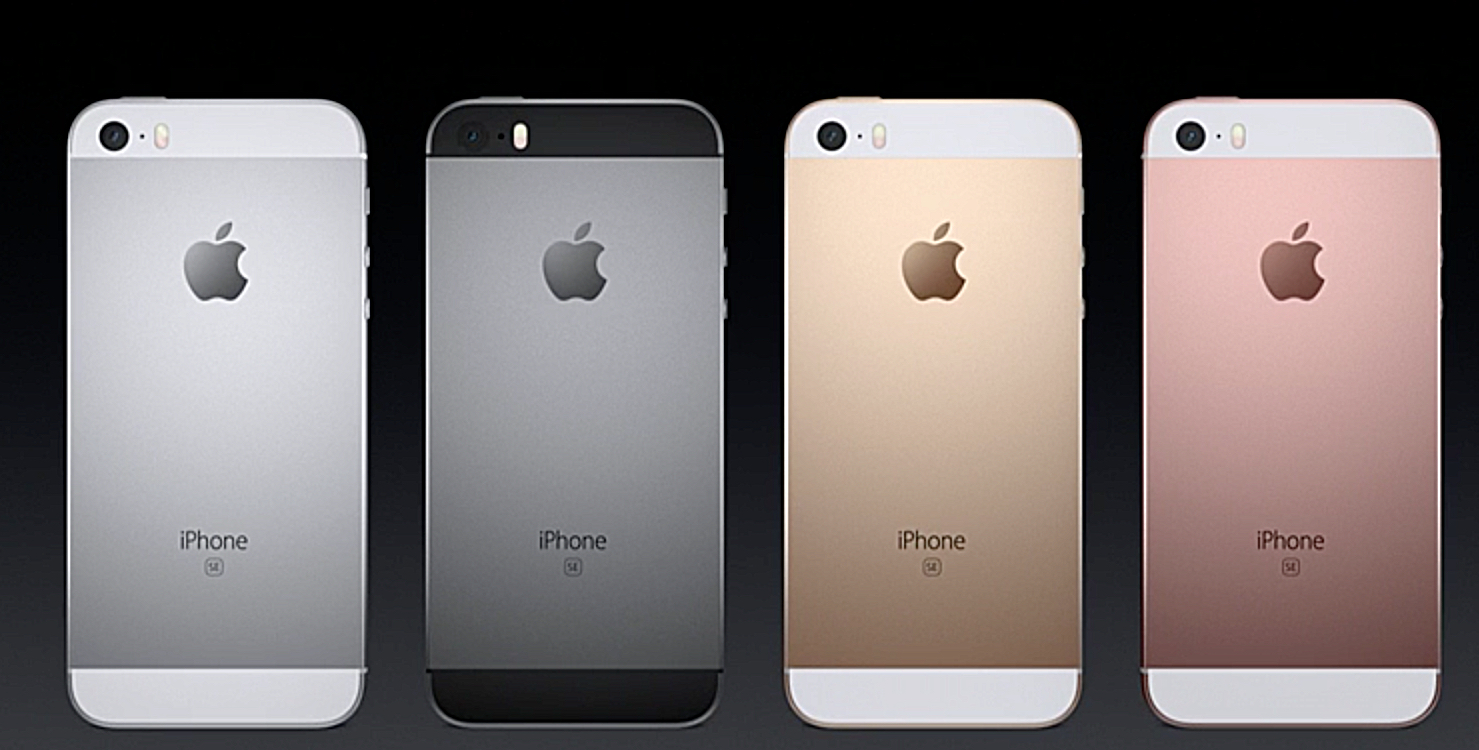
In an unusual move, Apple updated its iPhone line mid-cycle this year. It introduced the iPhone SE, a lower-cost and compact alternative to the iPhone 6s that directly replaces the iPhone 5s.
It's a smaller, more affordable iPhone than the lead models. It may also entice buyers who wouldn't have considered buying the iPhone 5s because it was old'.
Like any iPhone, the iPhone SE is not a budget phone, though. But then neither is the Samsung Galaxy S7, the latest Android smartphone from Cupertino's arch rival. Oddly, Samsung hasn't offered a mini' version of its Galaxy flagship range since the S5 Mini leaving us to compare Apple's small, single-handed phone against Samsung's bigger, two-handed titan.

Pricing and availability
There's quite a disparity in price when buying SIM-free. The iPhone SE starts at 395 inc VAT, the Galaxy S7 569 inc VAT. It's not an entirely fair comparison, though, because at that price the Galaxy S7 has 32GB of storage while the iPhone SE has 16GB.
There's also a 64GB version of the SE available for 439, still cheaper than the 32GB Galaxy S7.
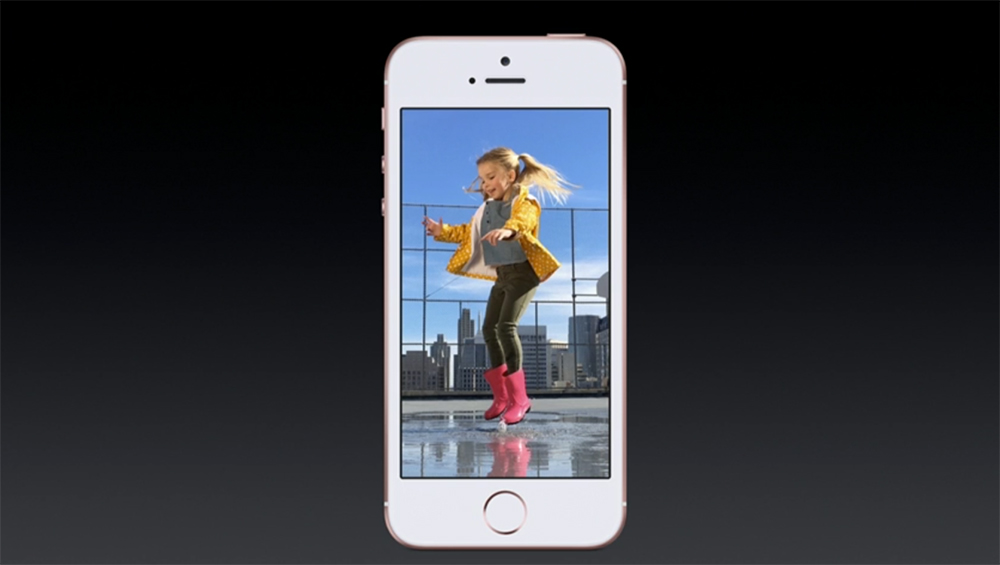
Casing and screen
These phones do not have entirely brand-new casings. Both use a predecessor's blueprint. The iPhone SE looks a lot like the iPhone 5s and the Samsung Galaxy S7 looks very similar to the Galaxy S6.
Even so, they are both expensive-feeling devices. The iPhone SE's casing uses mostly aluminium while the Galaxy S7 uses aluminium alloy for its sides and Gorilla Glass 4 for its front and back panels.
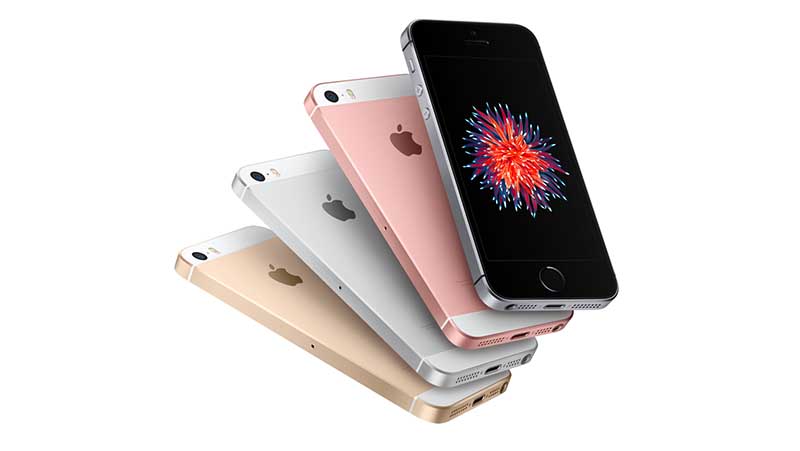
Even though the iPhone SE is based on a casing from 2012, with a relatively wide screen surround and chamfered edges, it is still much smaller than the Galaxy S7. The width and thickness of a phone largely determine how big it feels in the hand, and the iPhone SE is smaller in both respects.
It's 7.6mm thick and 58.6mm wide. The Galaxy S7 is 7.9mm thick and 69.5mm wide, more than a centimetre wider. The SE's smaller dimensions are no surprise as Apple was looking to update its smallest iPhone.
Like the iPhone 5s, the iPhone SE has a sharp 4in IPS LCD display with a 1,136 x 640 pixel resolution. It's a small-screened phone aimed at people with small hands.
The S7 has a much larger 5.1in screen using a Super AMOLED panel. This has a resolution of 2,560 x 1,440 pixels. While the difference in sharpness will be imperceptible to most, the S7 should have far better contrast.
Unlike the more expensive iPhones, the iPhone SE does not have a pressure-sensitive "3D Touch" screen. It's also not water resistant like the S7 which has full, flap-free IP68 waterproofing. Both phones have a fingerprint scanner as part of the Home button.
Both phones have 802.11ac Wi-Fi and NFC. However, while the Samsung Galaxy S7's NFC can be used to pair with compatible headphones and wireless speakers, the iPhone SE's NFC chip is currently only used for Apple Pay.
Apple has the advantage on this particular point: Apple Pay is accepted fairly widely in the UK while Samsung Pay and Android Pay are launching soon' in Britain.
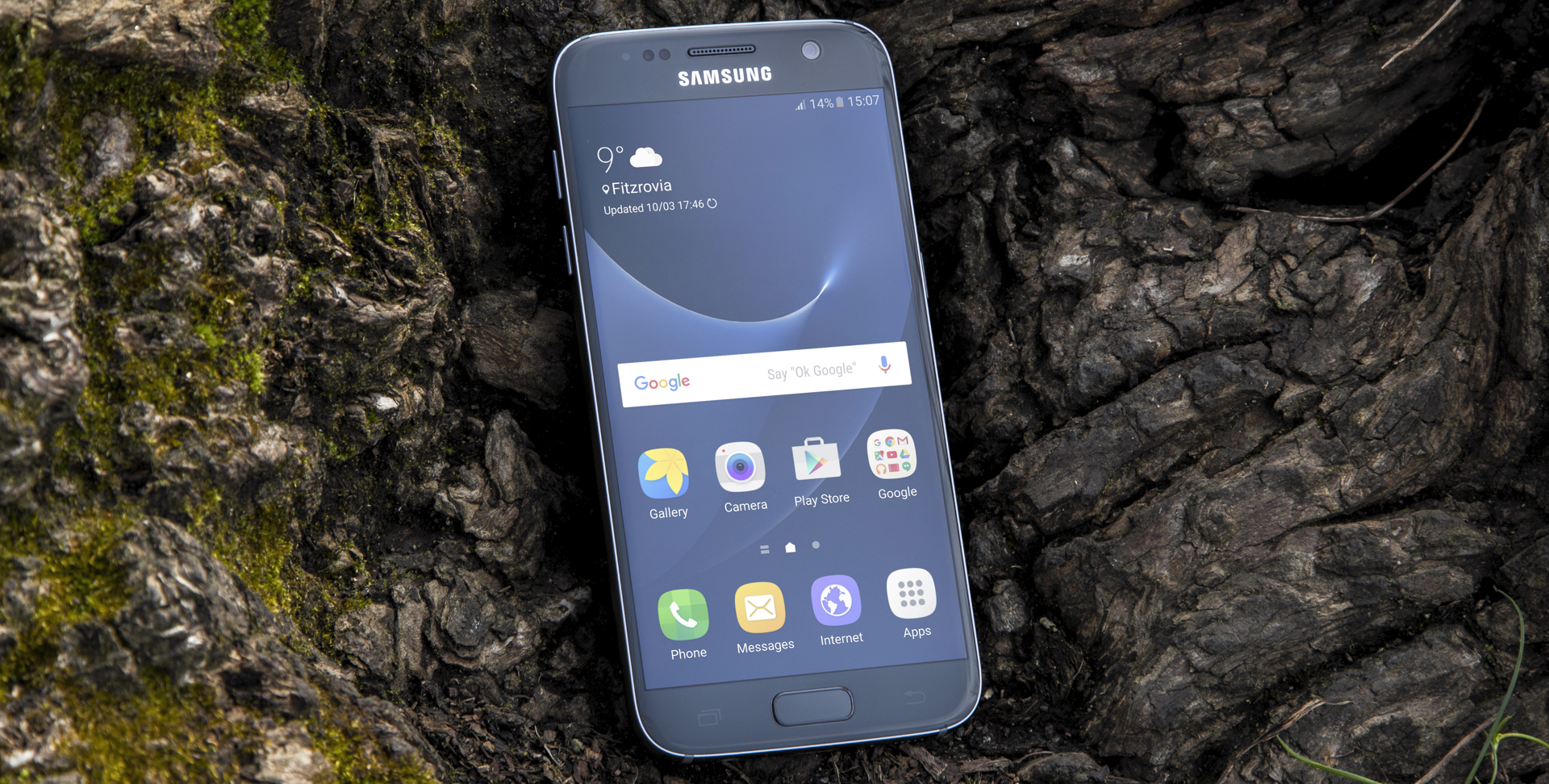
Battery, storage and performance
The Galaxy S7 brings back the microSD slot missing from the Galaxy S6, letting you augment the 32GB/64GB internal storage cheaply. This is doubly beneficial now that 128GB microSD cards are cheap (from 40), while 128GB phones are certainly not.
As ever with iPhones, the SE's storage is non-expandable, with a still-fairly-weighty 80 difference between the two 16GB and 64GB models.
The Samsung Galaxy S7 in the UK has an octa-core Exynos 8890 CPU with four cores clocked at 2.3GHz and four lower-power cores at 1.6GHz. In other territories the phone uses the Qualcomm Snapdragon 820, which is a slightly less powerful quad-core processor.
The iPhone SE uses the same processor as the iPhone 6S, a dual-core Apple A9. The S7 has 4GB RAM, where the iPhone SE probably has 2GB. The A9 in the 6s is far more powerful than it looks on paper, keeping up with the Exynos for the most part. Even so, we'll have to wait and see how the SE's A9 compares in our benchmarks.
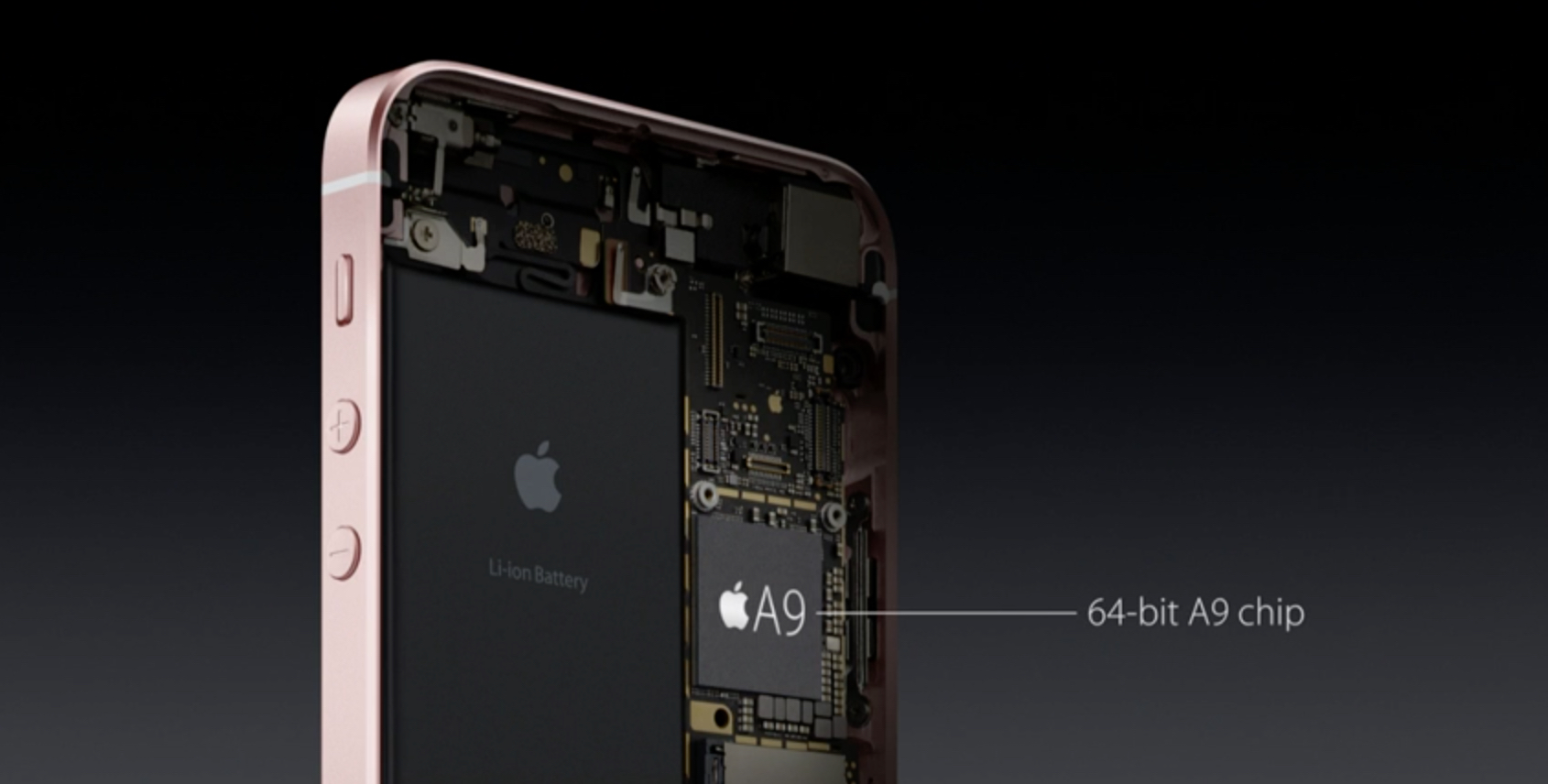
One of the key claims made of iPhone SE is that it lasts longer than the iPhone 5s between charges. Just as Apple doesn't talk about RAM much, it doesn't reference mAh figures. However, the SE is almost certainly in the 1600-1700mAh range. The Samsung Galaxy S7 has a much larger 3000mAh battery.
We'll have to wait for an iPhone SE review unit to run our benchmarks, but comparing the battery life scores of the S7 and 5s in our tests give us an idea of what to expect. The S7 lasted just under 18 hours in our video playback rundown test, while the 5s managed a shorter but still respectable 14 and a half hours.
The Samsung Galaxy S7 supports inductive Qi and PMA wireless charging standards. We don't think this is of much use, unless you have a physical impairment in your fingers that would make cable plugging and unplugging difficult, as you still need a cabled charging plate.
More useful is fast charging using the bundled Samsung Fast Charge plug. This charges the phone to 80 per cent very quickly, in well under an hour, by increasing voltage from 5V to 9V. Apple currently offers no similar tech for its phones, but the relatively small battery cells in the SE should keep charge times reasonably short.
Camera and sensors
2016 has seen several phone-makers actually reduce the sensor resolution of their rear cameras as part of efforts to improve low-light performance. 12 megapixel sensors are used in both the iPhone SE and Samsung Galaxy S7.
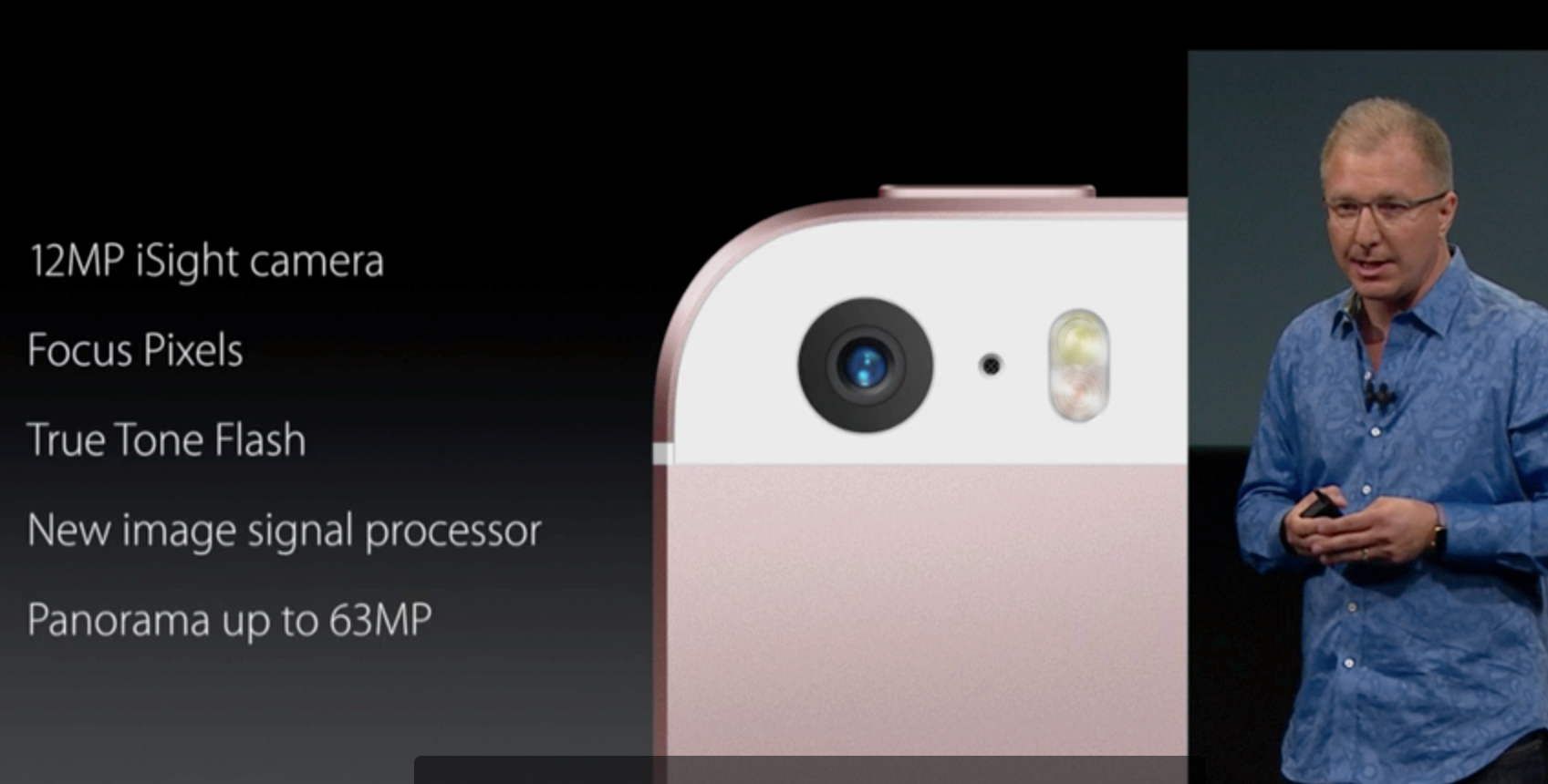
The Galaxy S7 has an on-paper advantage when it comes to camera sensors, even though the iPhone SE uses the same sensor as the more expensive iPhone 6s. First, its sensor is larger, at 1/2.6 inch to the iPhone's 1/3 inch. It sensor pixels are therefore larger too. The S7's are 1.4 microns across, the iPhone SE's 1.22 microns. With the iPhone 6s, Apple claimed a variety of techniques help compensate for the smaller sensor and the 6s camera does, for the most part, hold up against the S7's. It'll be interesting to see if this is also the case for the SE.
Samsung's lens has a wider aperture of f/1.7 to the iPhone's f/2.2 and optical image stabilisation. This will further increase the light that reaches the sensor. The iPhone SE has "Auto Image Stabilization", but it is software and accelerometer-based, not hardware that actually moves the lens/sensor to compensate for movement. Only the much larger iPhone 6 and 6s Plus phablets have true OIS.
While both phones have on-sensor phase detection autofocus, the S7's phase detection covers the whole sensor, the whole field of view, while the iPhone SE only offers PDAF at certain (unspecified) points.
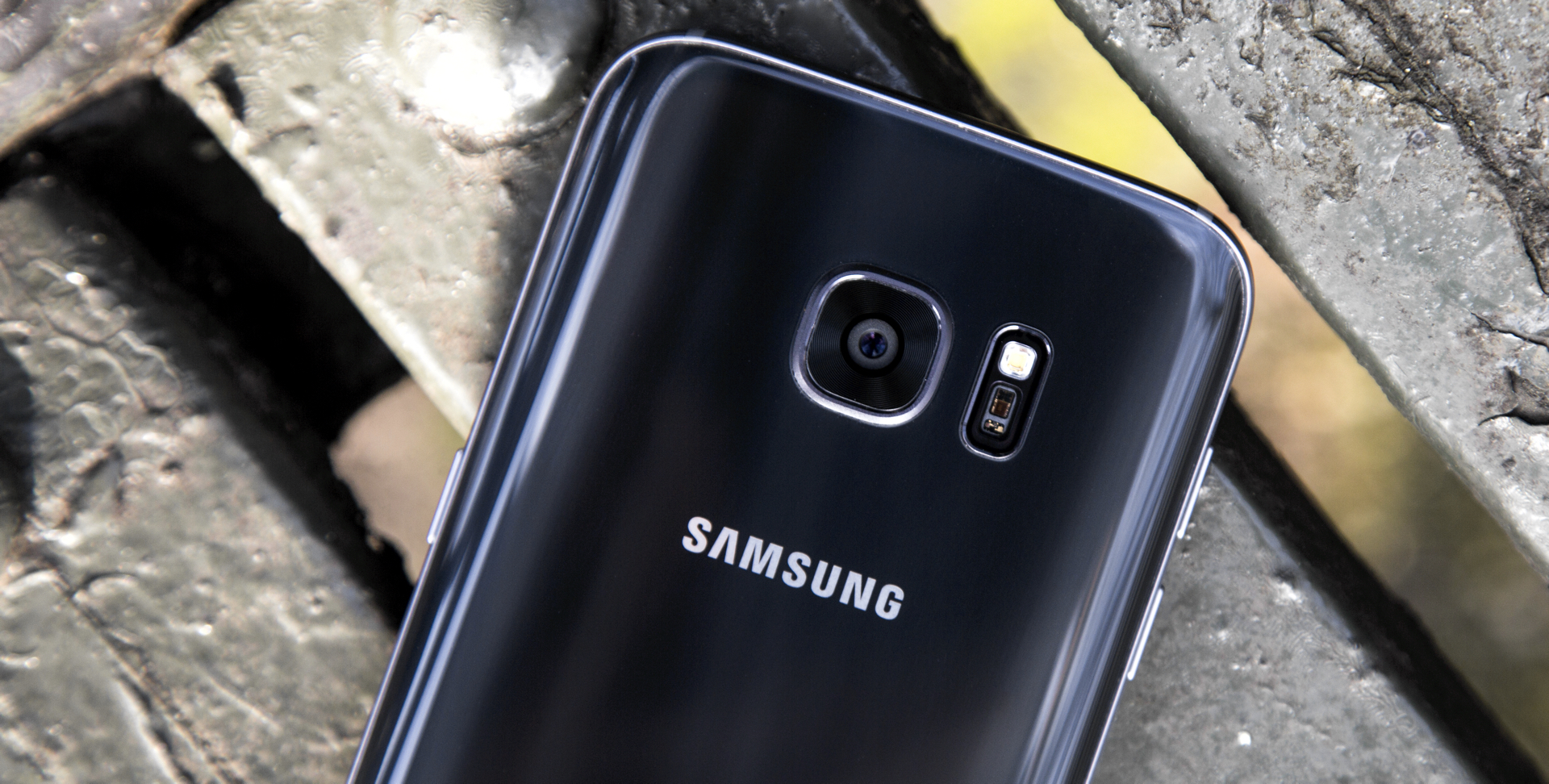
The iPhone SE's selfie camera doesn't match the iPhone 6s forward facing camera. It uses a basic 1.2-megapixel sensor where the Galaxy S7 has a larger, higher-resolution 5-megapixel sensor with a fast f/1.7 lens.
Both phones have a display flash feature, which drives the screen's brightness to its limits in order to act like a near-field flash.
Preliminary Conclusions
The Samsung Galaxy S7 is better specified than the iPhone SE on paper in some areas, most notably when it comes to the camera.
However, the iPhone SE is a much more pocketable and easier to hold phone, which is its whole reason to exist beyond its sub-iPhone 6S price. Plus, for the most part, its specification's are mostly on par with those of the 6s.
Get the ITPro daily newsletter
Sign up today and you will receive a free copy of our Future Focus 2025 report - the leading guidance on AI, cybersecurity and other IT challenges as per 700+ senior executives
-
 Should AI PCs be part of your next hardware refresh?
Should AI PCs be part of your next hardware refresh?AI PCs are fast becoming a business staple and a surefire way to future-proof your business
By Bobby Hellard Published
-
 Westcon-Comstor and Vectra AI launch brace of new channel initiatives
Westcon-Comstor and Vectra AI launch brace of new channel initiativesNews Westcon-Comstor and Vectra AI have announced the launch of two new channel growth initiatives focused on the managed security service provider (MSSP) space and AWS Marketplace.
By Daniel Todd Published
-
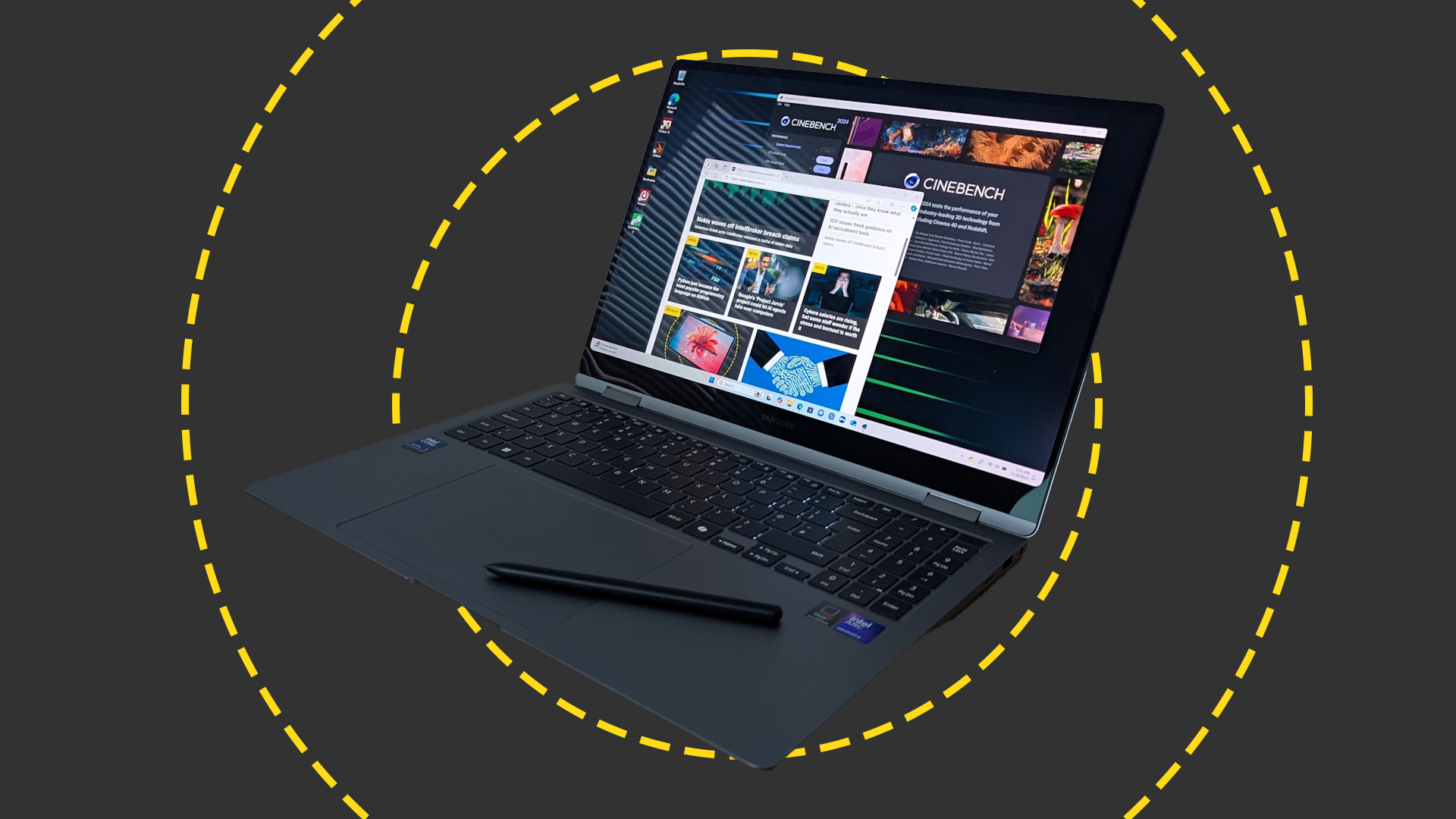 Samsung Galaxy Book 5 Pro 360 review: Almost the perfect big-screen laptop
Samsung Galaxy Book 5 Pro 360 review: Almost the perfect big-screen laptopReviews The Book 5 Pro 360 is a laptop you slowly get accustomed to, rather than one that feels right from the word go.
By Stuart Andrews Published
-
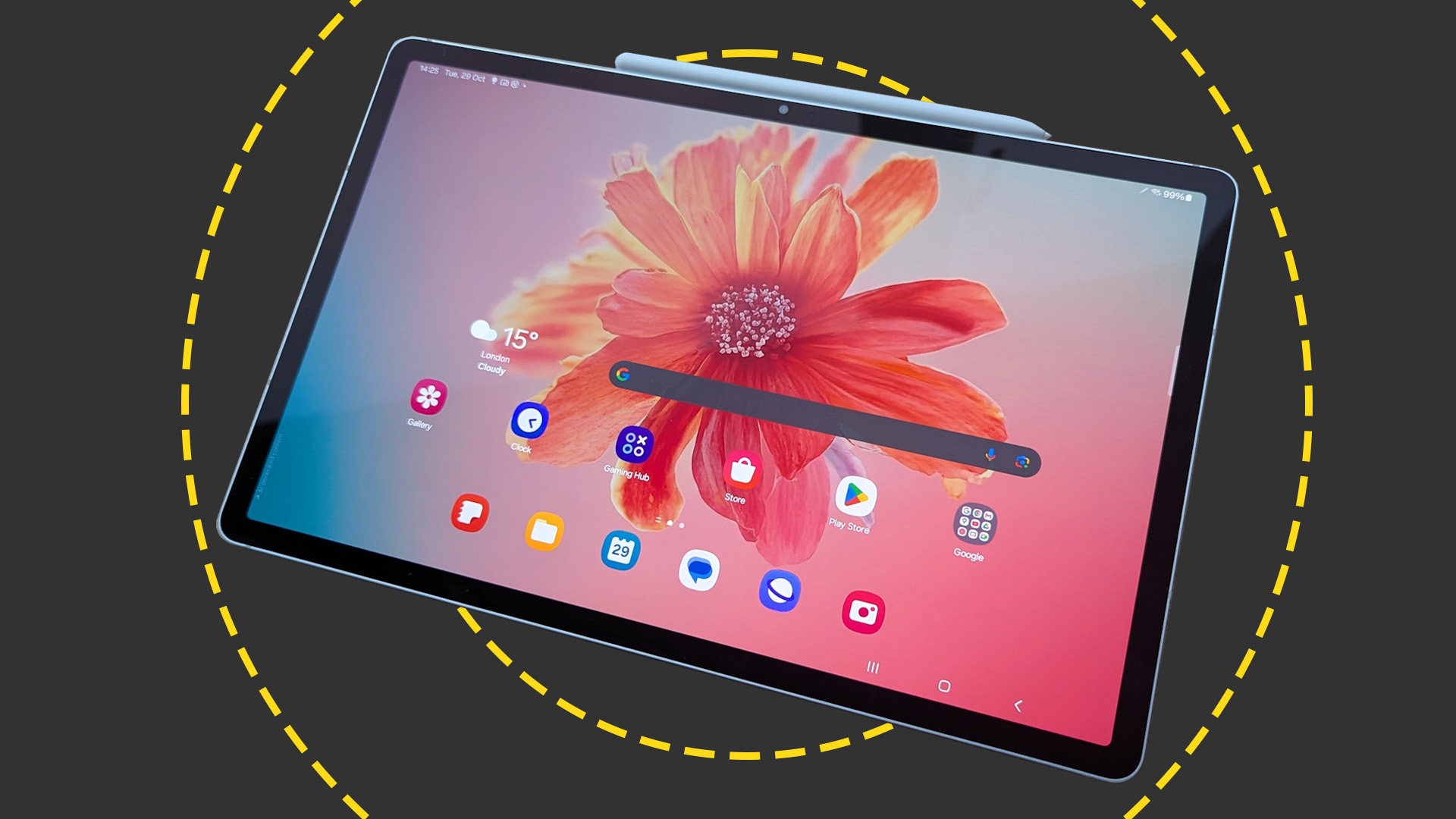 Samsung Galaxy Tab S10+ review: Possibly the best Android tablet for business
Samsung Galaxy Tab S10+ review: Possibly the best Android tablet for businessReviews With good performance, AI features and an exceptional screen, the Tab S10+ is the best Android tablet out there, if not quite the best tablet overall
By Stuart Andrews Published
-
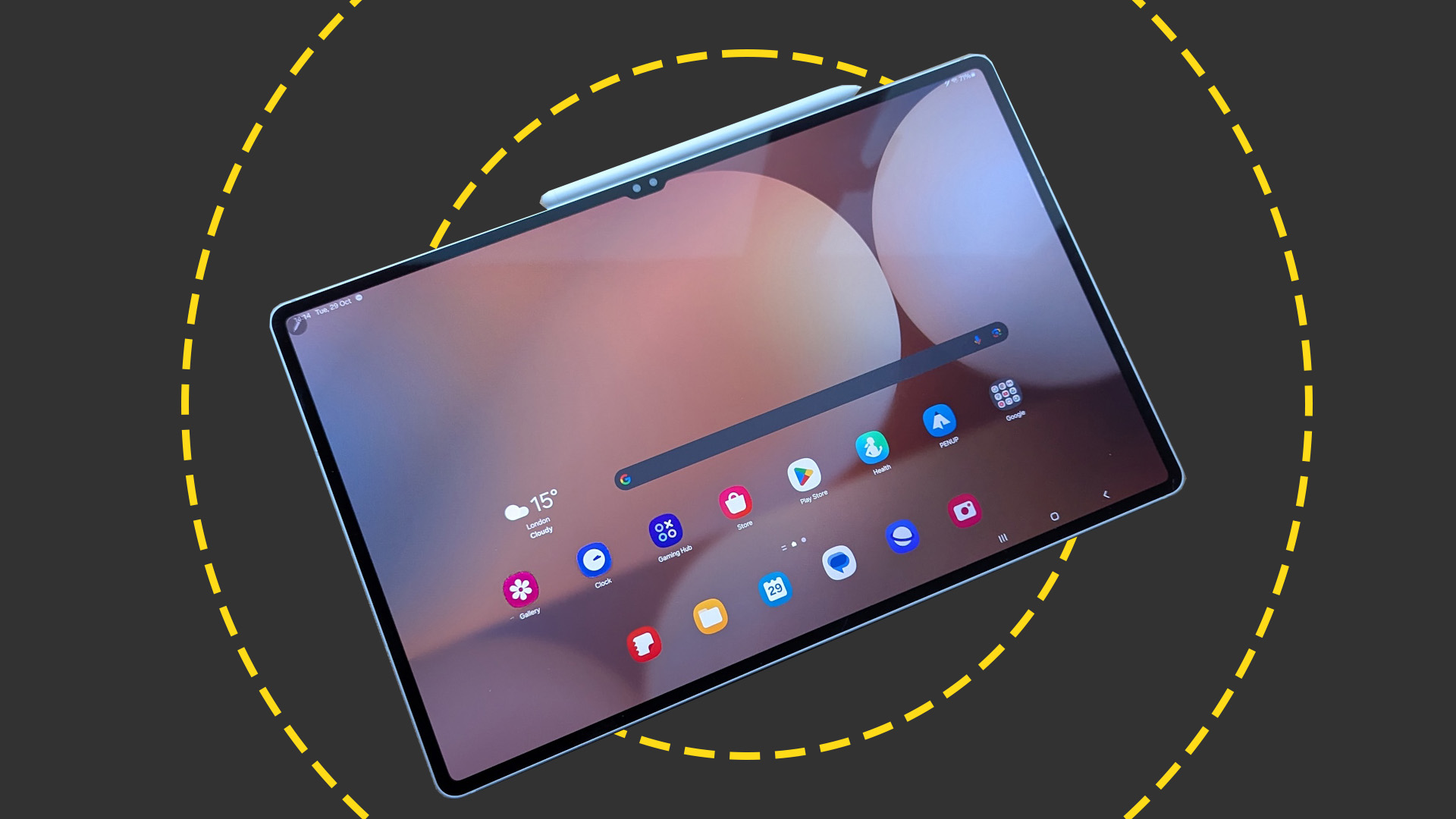 Samsung Galaxy Tab S10 Ultra review: Samsung's big-screen tablet is an AI-powered multitasking monster
Samsung Galaxy Tab S10 Ultra review: Samsung's big-screen tablet is an AI-powered multitasking monsterReviews The sheer size won't be for everyone, but the Tab S10 Ultra has the screen, performance, and multitasking prowess for serious work
By Stuart Andrews Published
-
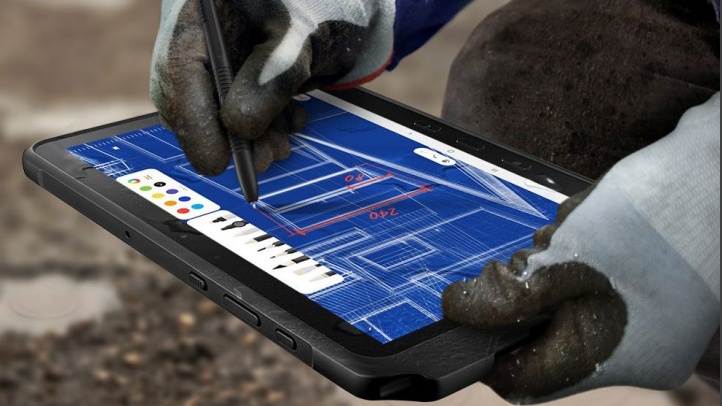 Rugged goes mainstream
Rugged goes mainstreamwhitepaper Why every business needs rugged devices to get the job done
By ITPro Published
-
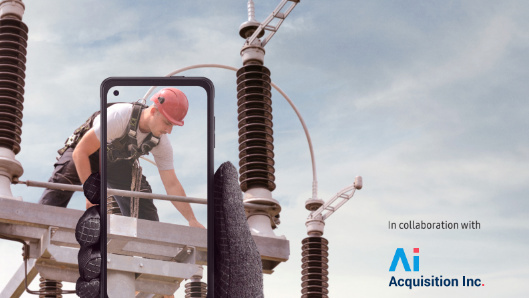 Why tougher doesn’t need to mean harder
Why tougher doesn’t need to mean harderwhitepaper Bridging the rugged and consumer device divide
By ITPro Last updated
-
 Samsung reveals plans for $15bn chip research center to break semiconductor scaling barriers
Samsung reveals plans for $15bn chip research center to break semiconductor scaling barriersNews The news follows the company's proposal in July to build 11 Texas semiconductor plants worth $191 billion
By Praharsha Anand Published
-
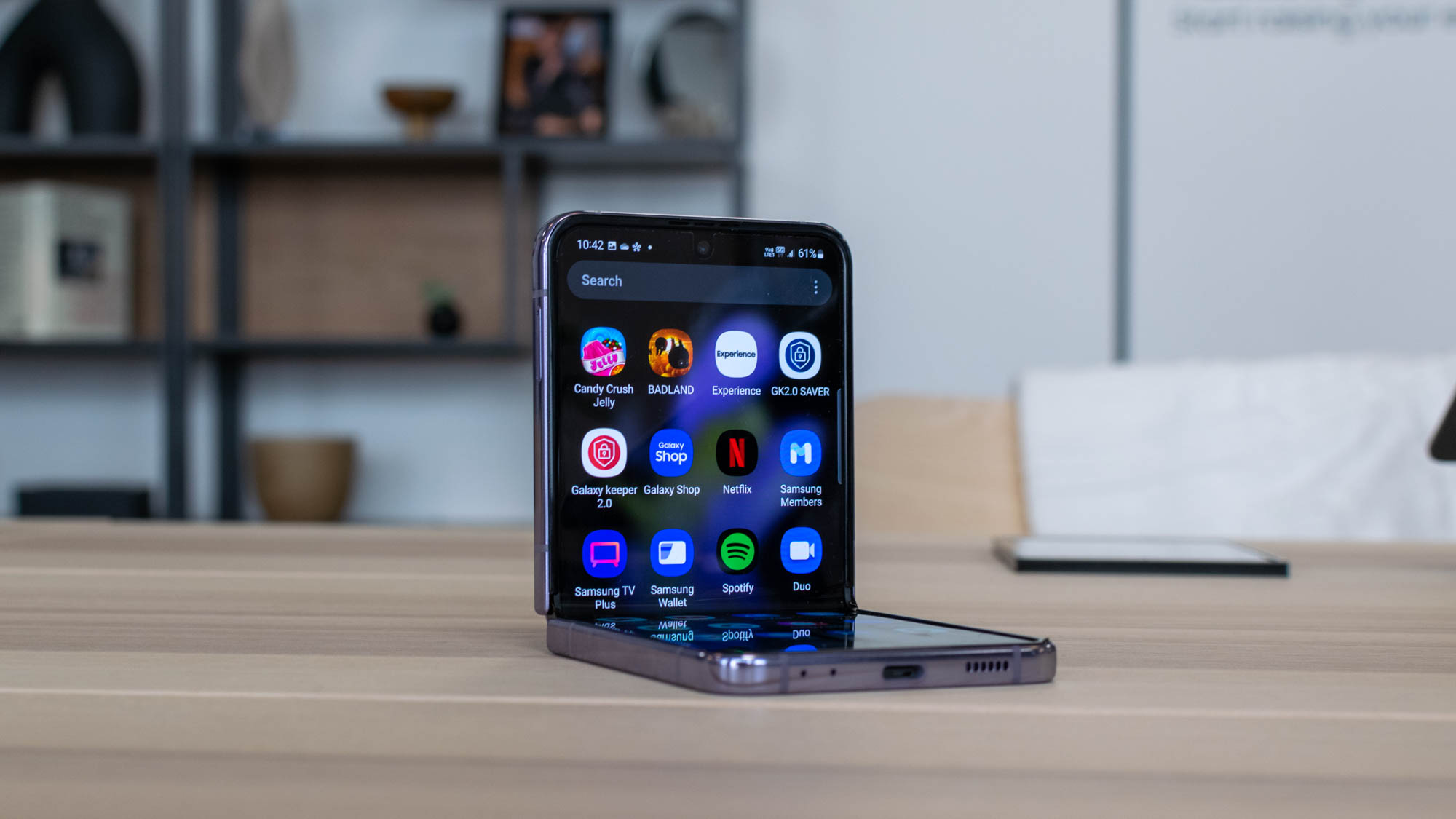 Samsung Galaxy Z Flip 4 hands-on review: A welcome (if minor) update
Samsung Galaxy Z Flip 4 hands-on review: A welcome (if minor) updateFirst look Samsung’s latest foldable is appealing, but does little to stand out from its predecessor
By Adam Shepherd Published
-
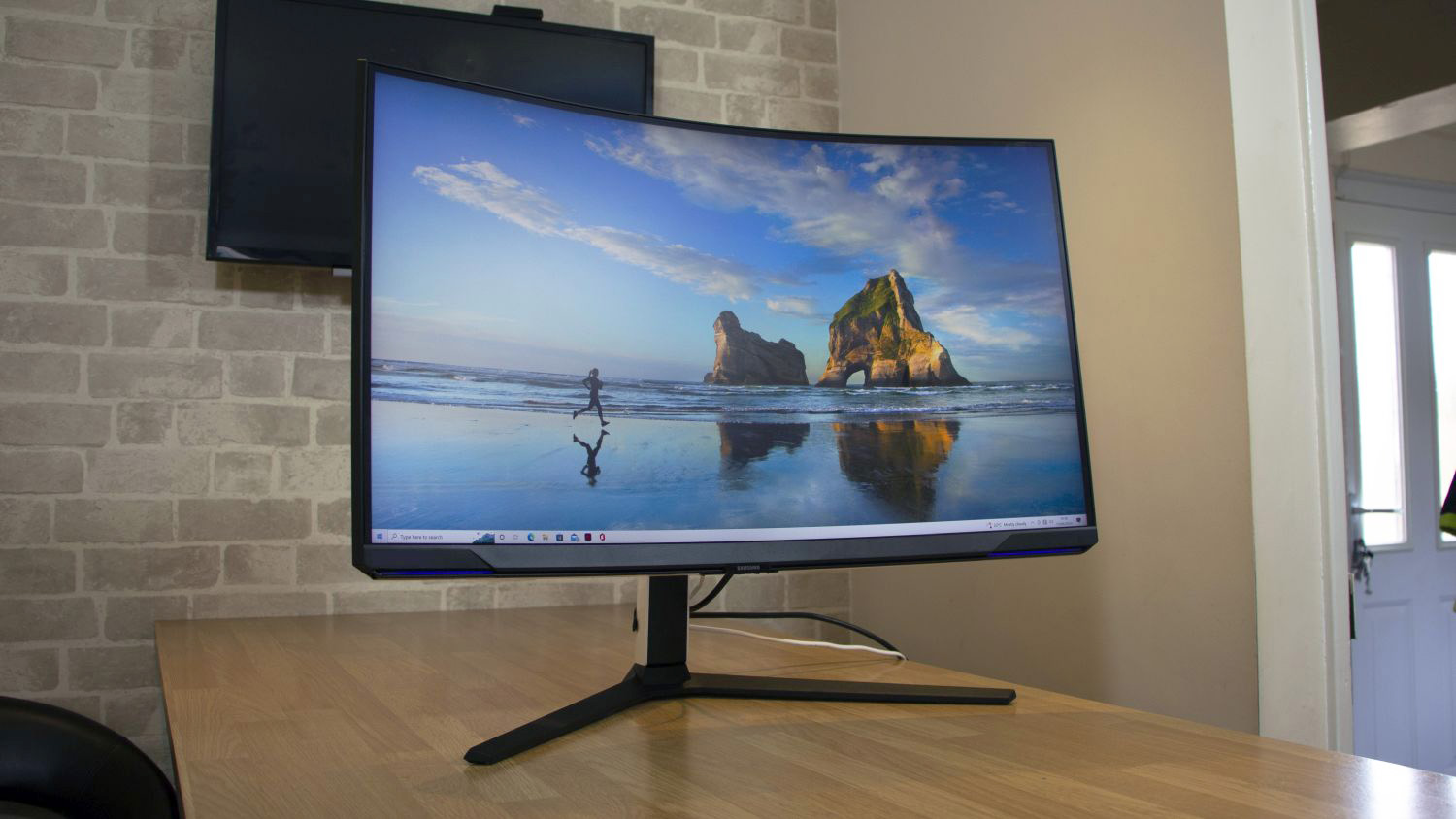
 Samsung Odyssey Neo G8 review: A groundbreaking display for work and play
Samsung Odyssey Neo G8 review: A groundbreaking display for work and playReviews The world’s first 4K/240Hz screen delivers sensational contrast and great colours, albeit for a high price
By Mike Jennings Published